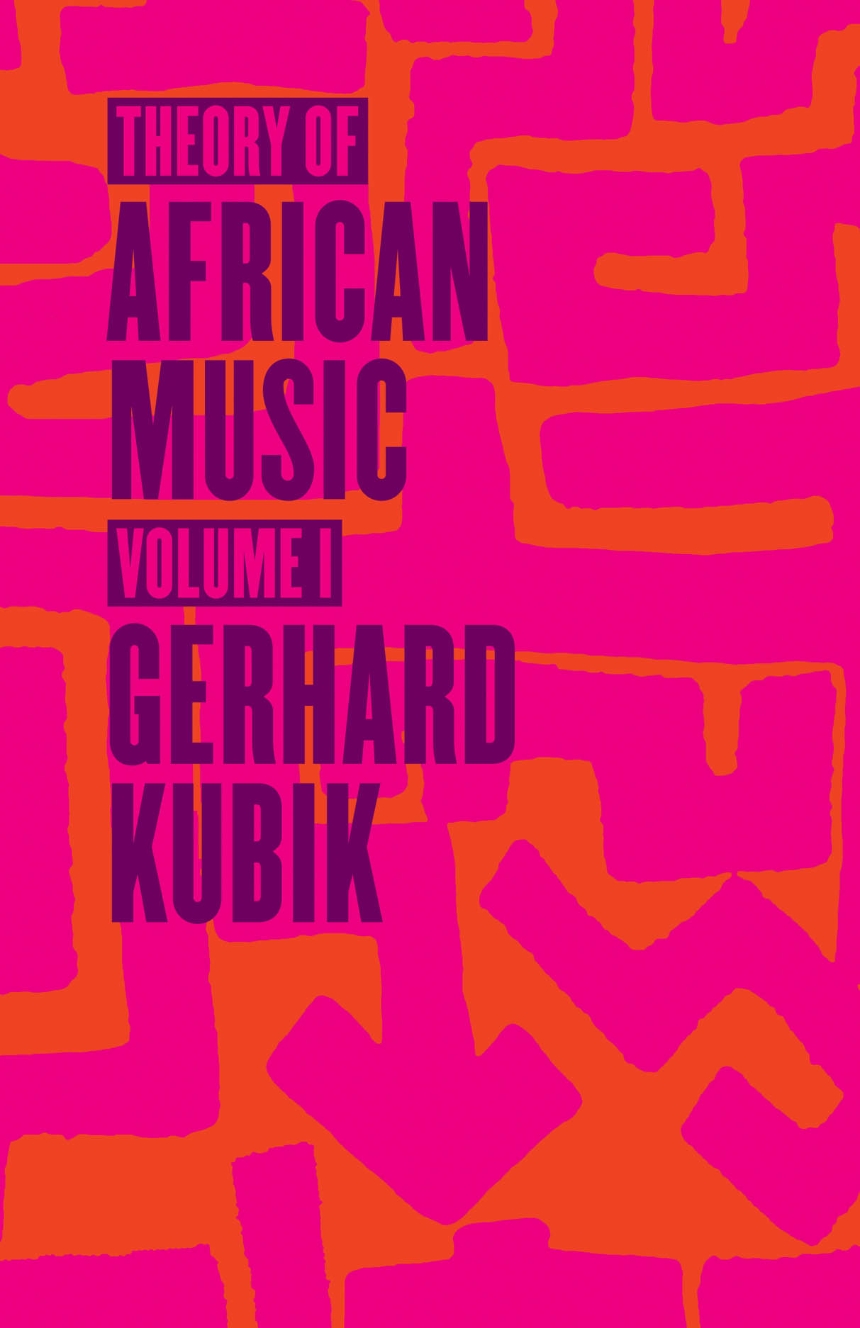Theory of African Music, Volume I
Taken together, these comprehensive volumes offer an authoritative account of the music of Africa. One of the most prominent experts on the subject, Gerhard Kubik draws on his extensive travels and three decades of study in many parts of the continent to compare and contrast a wealth of musical traditions from a range of cultures.
In the first volume, Kubik describes and examines xylophone playing in southern Uganda and harp music from the Central African Republic; compares multi-part singing from across the continent; and explores movement and sound in eastern Angola. And in the second volume, he turns to the cognitive study of African rhythm, Yoruba chantefables, the musical Kachamba family of Malaŵi, and African conceptions of space and time.
Each volume features an extensive number of photographs and is accompanied by a compact disc of Kubik’s own recordings. Erudite and exhaustive, Theory of African Music will be an invaluable reference for years to come.
464 pages | 64 halftones, 113 musical examples, 9 maps, 32 line drawings, 14 figures, 13 tables | 8 1/4 x 5 5/16 | © 2010
Chicago Studies in Ethnomusicology
Anthropology: Cultural and Social Anthropology
Music: Ethnomusicology
Reviews
Table of Contents
Preface to Volumes I and II
Introduction
II. Harp Music of the Azande and Related Peoples in the Central African Republic
III. A Structural examination of Multi-Part Singing in East, Central and Southern Africa
Section 1: Homophonic Multi-Part Singing in Bantu Musical Cultures of East and Central Africa
Section 2: Nsenga/Shona Harmonic Patterns and the San Heritage in Southern Africa
IV. Composition Techniques in Kiganda Xylophone Music. With an Introduction into Some Kiganda Musical Concepts
Section 1: The Amadinda
Section 2: The Akadinda
Section 3: Are Amadinda and Akadinda Pieces Structurally Related?
Transcriptions
V. Concepts About Movement and Sound in the eastern Angolan Culture Area
Section 1: Musical enculturation
Section 2: Patterns of Body Movement in Mbwela/Nkhangala Boys’ Initiation
Section 3: likembe Tunings and Musical Concepts of an Adolescent Kachokwe: Kufuna Kandonga
Notes
Bibliography
Sound examples of CD 1
Contents of Volume II
